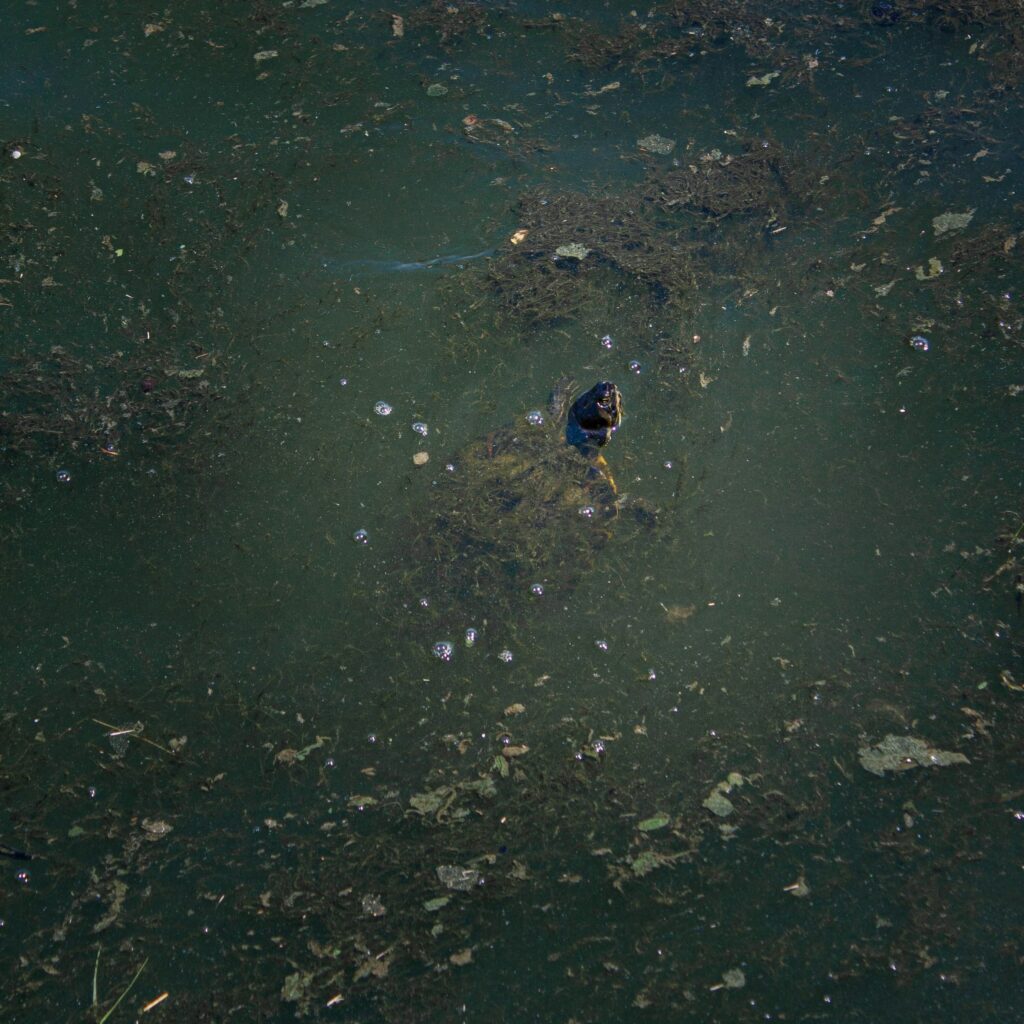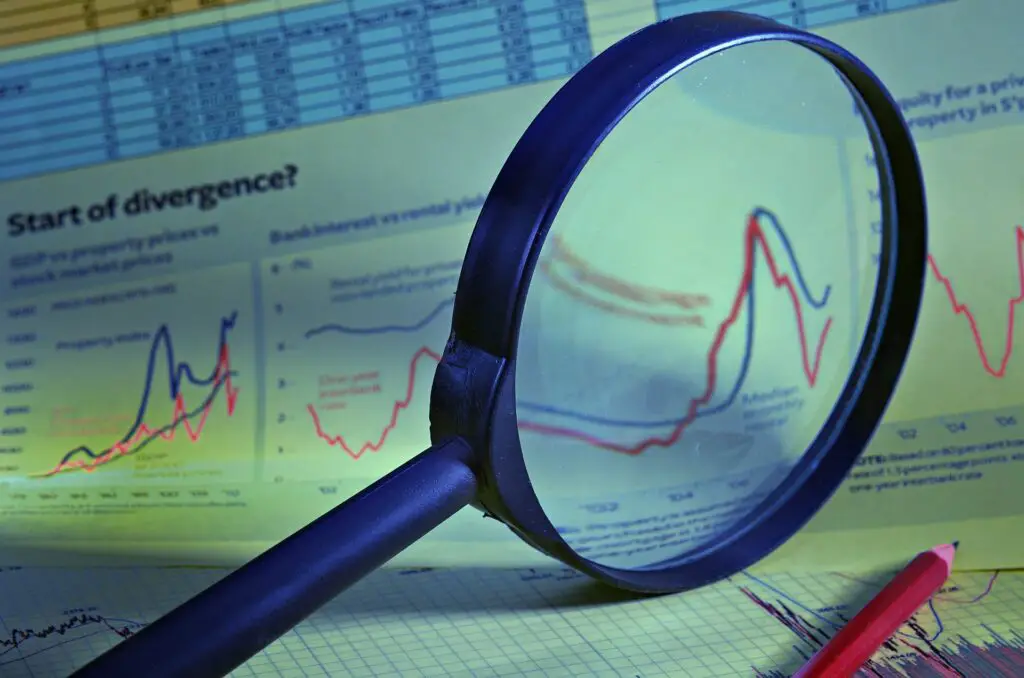“Clean Water, Healthy Future: Tackling Water Pollution Together”
Introduction
Water pollution is a serious environmental issue that occurs when harmful substances/elements contaminate our water sources, making them unsafe for drinking, swimming, and supporting life. Clean water is important for human health, the environment, and the economy. When water is polluted, it can lead to various health problems, affect wildlife, and disturb ecosystems. Understanding water pollution, its causes, effects, and solutions is key for protecting our planet and ensuring a safe future for all.

Causes of Water Pollution
- Industrial Waste: Factories and industrial plants often produce waste that is harmful to water quality like effluent water . When industries discharge their waste into rivers, lakes, or oceans without proper treatment, they introduce toxic + harmful chemicals and heavy metals into the water. For example, the textile industry often releases dyes and chemicals into nearby water bodies, which can have negative effects on aquatic life.

- Agricultural Runoff: Agriculture is a important source of water pollution due to the use of fertilizers, pesticides, and herbicides. When it rains, these chemicals can wash off the fields and flow into rivers and streams, polluting the water. This runoff can lead to nutrient pollution, causing harmful algal growth that deplete oxygen in the water and harm fish and other aquatic organisms.
- Sewage and Wastewater: Many cities and towns treat their sewage and wastewater, but not all treatment processes are effective. When sewage is released into rivers or oceans without suitable treatment, it can introduce harmful bacteria and viruses, making the water unsafe for human use. This is particularly dangerous in areas with insufficient sanitation systems.
- Plastic Waste: Plastic pollution is a major contributor to water pollution. Items like plastic bags, bottles, and other single-use plastics often end up in rivers and oceans, where they can take hundreds of years to decompose. Marine animals can mistake plastic for food, leading to injury or death. For instance, sea turtles often eat plastic bags, thinking they are jellyfish, which can be terminal.
- Oil Spills: Oil spills occur when oil is accidentally released into the ocean or other water bodies. These spills can have disastrous effects on marine life and ecosystems. A famous example is the Deepwater Horizon oil spill in 2010, where millions of gallons of oil were released into the Gulf of Mexico, causing extensive damage to marine habitats and wildlife.
Effects of Water Pollution
- Impact on Human Health: Water pollution poses serious health risks to people. Contaminated water can cause a range of illnesses, including stomach diseases, cholera, and hepatitis. Communities that rely on polluted water sources for drinking and cooking are particularly weak, especially children and the old.

- Harm to Aquatic Life: Water pollution can strictly affect fish, plants, and other aquatic organisms. Chemicals in polluted water can lead to fish kills, disorder reproduction, and reduce biodiversity. For example, mercury pollution can gather in fish tissues, making them unsafe to eat. This affects not only the fish populations but also communities that depend on fishing for their livelihoods.
- Environmental Damage: Polluted water can harm entire ecosystems. Nutrient pollution can lead to algal blooms that reduce oxygen in the water, producing dead zones where aquatic life cannot survive. This disrupts the balance of ecosystems and can lead to the loss of valuable habitats. For instance, the Chesapeake Bay in the United States has experienced significant algal blooms due to nutrient runoff, harming its rich biodiversity.
- Economic Values: Water pollution can have significant economic impacts. Contaminated water can affect industries such as fishing, tourism, and agriculture. Communities that trust on clean water for their economies may face financial challenges due to pollution-related issues. For example, when beaches are contaminated, it can lead to decreased tourism, impacting local businesses.

Case Study: The Flint Water Crisis
One of the most significant examples of water pollution in recent years is the Flint water crisis in Michigan, USA. In 2014, the city switched its water supply from Lake Huron to the Flint River to save money. The river water was not treated properly, leading to corrosion of the pipes and leaching lead into the drinking water. Residents reported discolored water, bad smells, and health issues.
The contamination had severe values for the community. Many children were exposed to lead, which can cause permanent developmental problems. The crisis also highlighted issues of environmental injustice, as low-income and minority communities were excessively affected.
The Flint water crisis serves as a key lesson in the importance of proper water management and the need for regular monitoring of water quality. It highlights the necessity for governments to order public health and invest in infrastructure to ensure safe drinking water for all.
Solutions to Water Pollution
- Proper Waste Disposal: One of the simplest ways to fight water pollution is to ensure proper waste disposal. People should never dump chemicals, oils, or other hazardous materials down drains or in water bodies. In its place, they should use selected disposal methods and recycle whenever possible.
- Treatment of Wastewater: Improving wastewater treatment processes is essential for reducing water pollution. Cities should invest in modern wastewater treatment facilities that effectively remove pollutants before the water is released back into the environment. This helps ensure that water is safe for use and protects aquatic ecosystems.

- Reducing Plastic Use: Reducing plastic consumption can help minimize plastic waste that ends up in water sources. People can choose returnable bags, bottles, and containers to reduce single-use plastics. Communities can also organize clean-up events to remove plastic waste from rivers and beaches, helping to protect aquatic life.

- Sustainable Farming Practices: Farmers can adopt sustainable practices to reduce agricultural runoff. This includes using organic fertilizers, implementing crop rotation, and creating buffer zones along water bodies to filter out pollutants. These practices can help protect water quality while maintaining agricultural productivity.
- Community Involvement and Education: Raising awareness about water pollution and its effects is key for hopeful positive change. Communities can organize educational programs, workshops, and events to inform people about the importance of clean water and how they can contribute to solutions. Attractive local citizens in monitoring water quality can also empower them to advocate for better water management.
Conclusion
Water pollution is a significant threat to our health, the environment, and the economy. By understanding the causes and effects of water pollution, we can take action to protect our costly water sources. Everyone has a role to play in reducing water pollution, from individuals making aware choices to communities working together for a cleaner future.
The case of the Flint water crisis serves as a powerful reminder of the consequences of neglecting water quality and the need for proactive measures. Let’s commit to protecting our water, supporting sustainable practices, and advocating for policies that confirm safe, clean water for all. Together, we can create a better planet for ourselves and future generations!

Pingback: What is Weather?